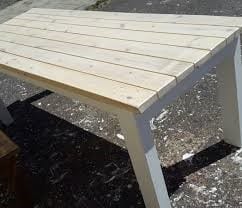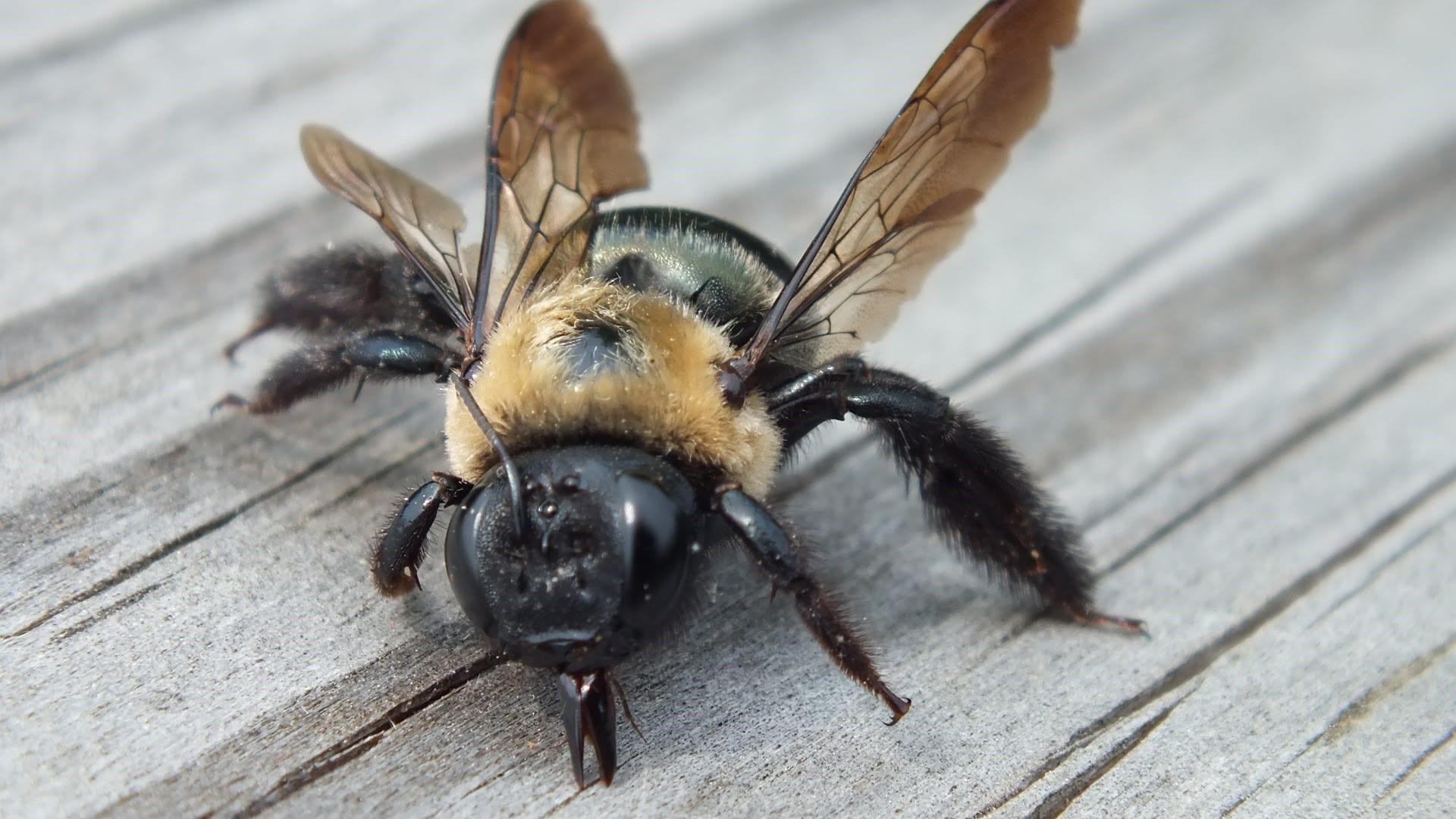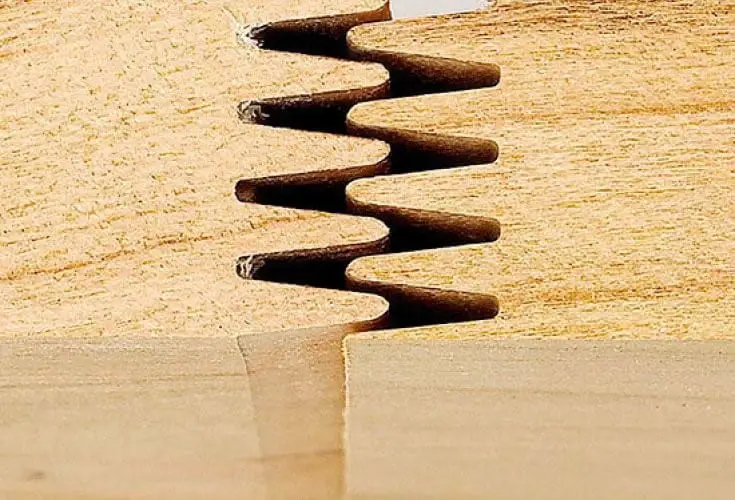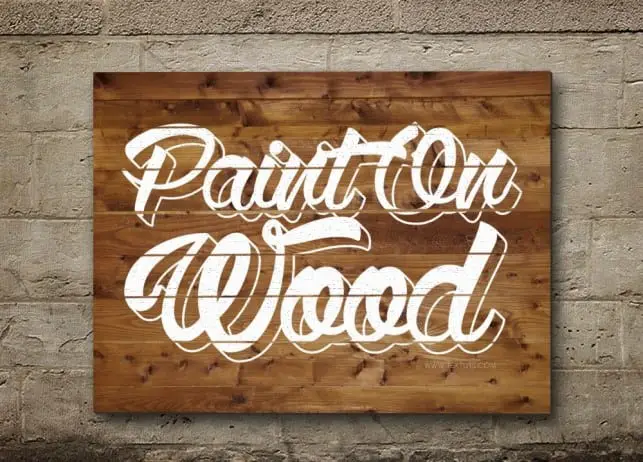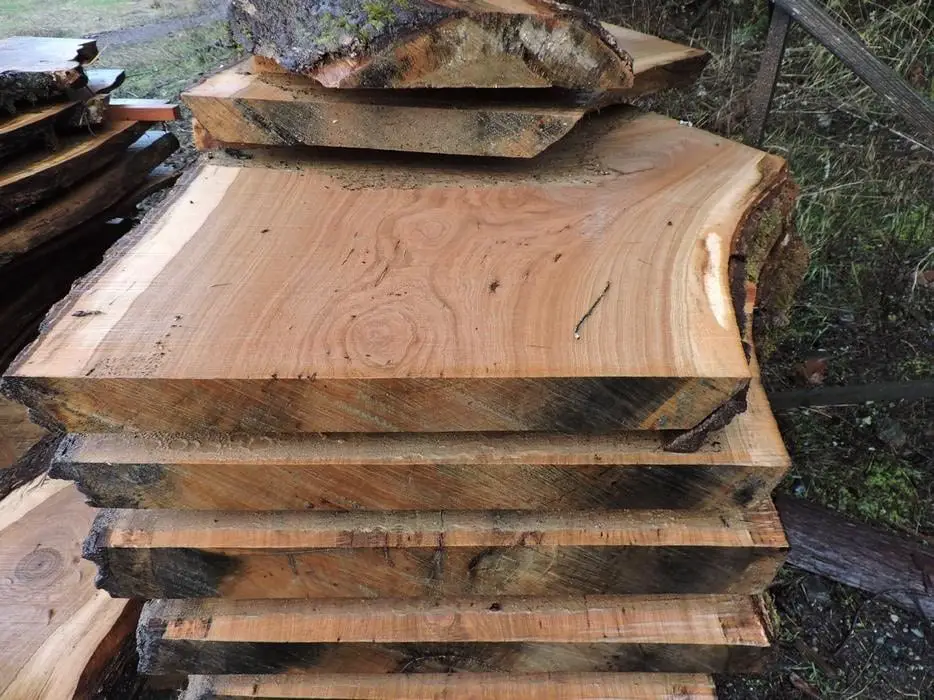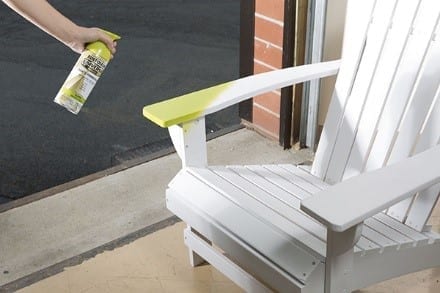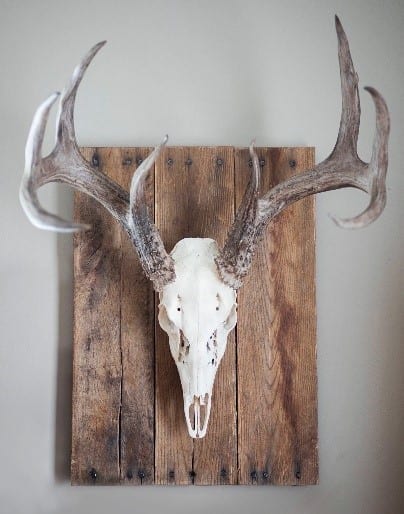Whitewashed wood has that unique color and appearance. Furniture that is whitewashed is considered chic and rustic. Contrary to beliefs that it is tricky to whitewash pine wood, this guide will show you how to create that whitewashed look in pine the easy way.
Whitewashing pine and other types of wood
Pine is softwood and it can be easily damaged because of its natural tendency to move, unlike other hardwood. Pine is also susceptible to shrinking and swelling as the seasons change because of the higher levels of moisture in the wood. These characteristics with pine usually cause a lot of problems when it comes to paintwork and finishing.
Things you will need
- Detergent soap
- Water
- Sandpaper
- Medium to dark brown wood stain
- Latex paint
- Clean rag, foam roller or paintbrush
- Candle or petroleum jelly
- Sandpaper 200-grit
- Putty knife
Instructions
Paint and water technique
Step 1: Clean and prepare wood you will be working on
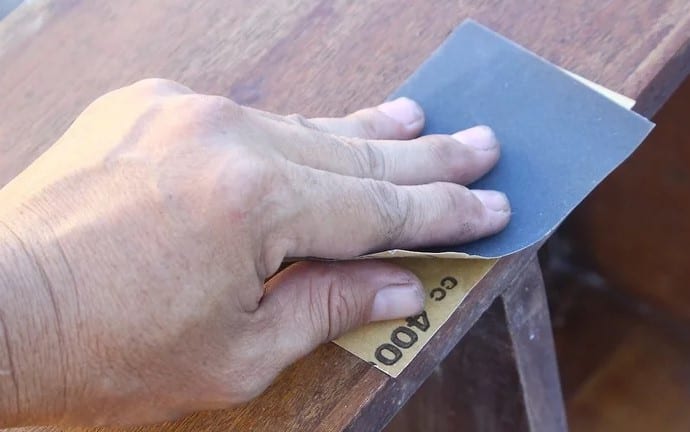
Source: https://www.wikihow.life/Paint-Wooden-Furniture
You must first clean the wood you will work on. Wash with gentle soap and water. Dry the wood completely.
Sand the wood down it if is very rough. A smoother surface makes it easier for the whitewash to be absorbed. If you need to use soap, make sure the wood dries completely before you begin to whitewash.
Stain the pine wood to make the grains stand out. Stain the wood dark or medium brown so you can easily see the different knots and swirls of pine wood. Let the stain dry completely before whitewashing.
Step 2: Mixing paint and water
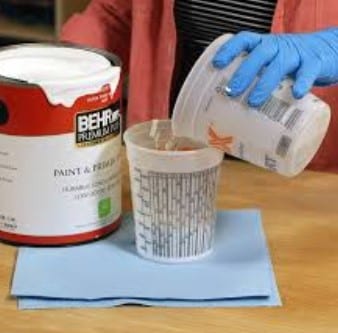
Source: https://www.familyhandyman.com/woodworking/staining-wood/how-to-whitewash-wood-3-simple-techniques/view-all/
Mix equal parts paint and water until the paint is semi-transparent. Add more water because thinning the paint allows the wood grain to show through after you apply the white paint. The best type of paint for this job is a latex (water-based) paint.
Step 3: Apply the whitewash

Source: https://www.familyhandyman.com/woodworking/staining-wood/how-to-whitewash-wood-3-simple-techniques/view-all/
Use a clean rag, foam roller or a paint brush to apply the whitewash. Apply this with long, even strokes to spread the whitewash on wood. This will dry much quicker than normal paint.
Apply in the direction of the wood grain to let the wood grain show through.
Use a paper towel to remove excess paint. Let the paint sit for 3-4 minutes and wipe the excess off using a paper towel. Again, work in the direction of the grain. Use long, fluid, and even wiping motions to remove the paint.
The longer you leave the paint on the wood before wiping the excess off, the whiter the wood will become. If you want the wood to be mostly white with only a bit of wood showing through, leave the paint on for longer than 3-4 minutes.
Paint and wax to whitewash wood
Step 1: Apply the wax on the wood
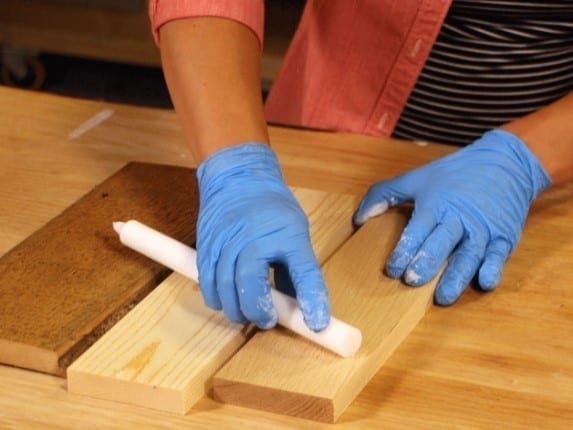
Source: https://www.familyhandyman.com/woodworking/staining-wood/how-to-whitewash-wood-3-simple-techniques/view-all/
Try the paint and wax technique for a distressed appearance. For areas of the wood that you don’t want to be painted, use wax. The paint will not stick to the areas where you have applied wax. Use a candle or a thin layer of petroleum jelly.
Sand the wood if necessary. The wood does not need to be very smooth. But for very rough wood you may use a light sanding only.
Use a clear or white candle along the surface of the wood. If there is a particular knot in the wood grain that you want to highlight, rub the candle on it. As much as possible, rub the wax in random motions over the surface of the wood.
Step 2: Apply white paint
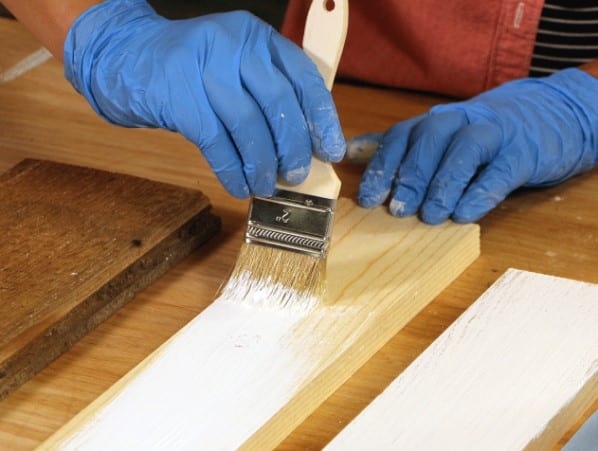
Source: https://www.familyhandyman.com/woodworking/staining-wood/how-to-whitewash-wood-3-simple-techniques/view-all/
Paint the wood with white latex paint in the direction of the wood grain. Always use long and even strokes.
Step 3: Wipe the white paint
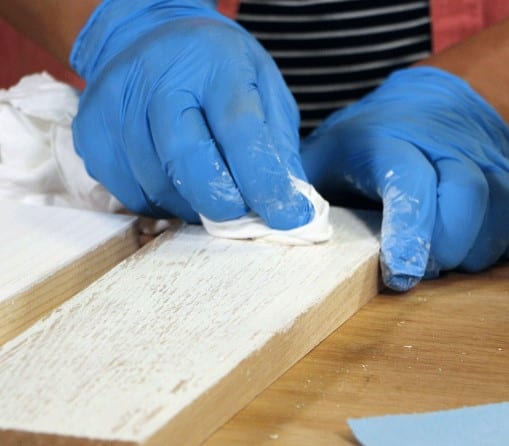
Source: https://www.familyhandyman.com/woodworking/staining-wood/how-to-whitewash-wood-3-simple-techniques/view-all/
Wipe the wood to remove paint from the areas where the wax was applied. Use a rag to quickly and vigorously wipe the wood. Another good idea is to use 220 grit sandpaper on the wood.
Lightly rub the sandpaper on the wood especially over the areas where the wax was applied. Sanding will remove the paint from these areas. It will also make the wood even more distressed therefore creating a vintage look and feel.
Once you are satisfied with your work, let the wood dry completely before using it.
Conclusion
Whitewashing wood is actually a creative technique that any beginner woodworker should learn. It involves the use of paint, tools and distressing techniques. If you want that shabby chic look then this style could be the one you have been looking for.
